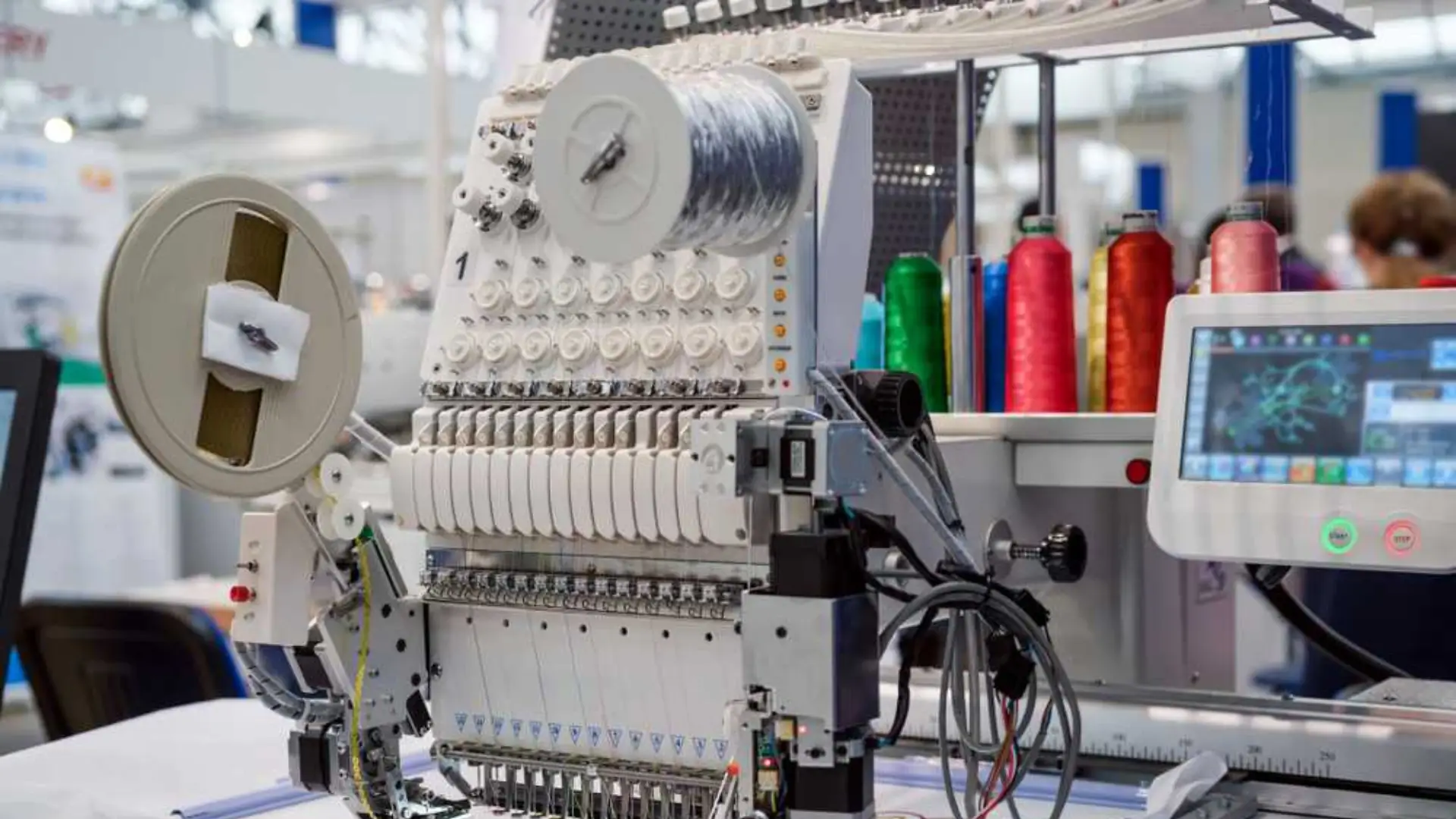Embroidery digitizing is the foundation of high-quality embroidery. From stitch density to thread tension, every detail influences how the final design looks and feels. This article explores the key ways digitizing affects embroidery stitch quality and what techniques ensure the best results.
The Role of Stitch Density in Embroidery Quality
Stitch density determines how many stitches are placed within a given area of an embroidery design. If the density is too high, the fabric may become stiff or distorted. On the other hand, low stitch density can lead to gaps and a lack of coverage.
Proper digitizing balances stitch density based on fabric type and design complexity. A skilled digitizer considers the material’s thickness and adjusts stitch settings accordingly to ensure a smooth and durable finish.
If you’re looking for professional embroidery digitizing, Mahi Digitizing offers expert services tailored to your specific needs.
The Impact of Underlay Stitches on Stability
Underlay stitches act as a foundation for embroidery, ensuring stability and preventing the design from shifting during the stitching process. Without proper underlay, embroidery may appear uneven, puckered, or distorted.
Different underlay types, such as center-run, zigzag, and edge-walk, help stabilize various fabrics. Choosing the right underlay technique ensures that top stitches lay smoothly, enhancing overall stitch quality.
Many professionals use Wilcom digitizing software to optimize underlay stitches and ensure precision in embroidery.
Thread Tension and Its Effect on Stitch Clarity
Proper thread tension is essential for embroidery clarity. If the tension is too tight, the stitches may pull the fabric, causing distortion. Loose tension, on the other hand, can create loops and gaps, making the design look untidy.
A well-digitized design takes thread tension into account, ensuring that each stitch flows smoothly without unnecessary thread breaks. This contributes to a polished and professional embroidery outcome.
High-quality digitizing services, such as those offered by Mahi Digitizing, optimize thread tension settings for flawless stitch execution.
Fabric Selection and Its Influence on Digitizing
Every fabric type reacts differently to embroidery. Thicker materials like denim require different digitizing settings compared to delicate fabrics like silk or polyester. If the settings aren’t adjusted correctly, the fabric may wrinkle, stretch, or distort.
Skilled digitizers carefully select stitch types, density, and underlay settings based on fabric texture. These adjustments help maintain the integrity of both the fabric and the embroidered design.
If you work with a variety of fabrics, explore custom digitizing solutions that optimize embroidery settings for each material.

